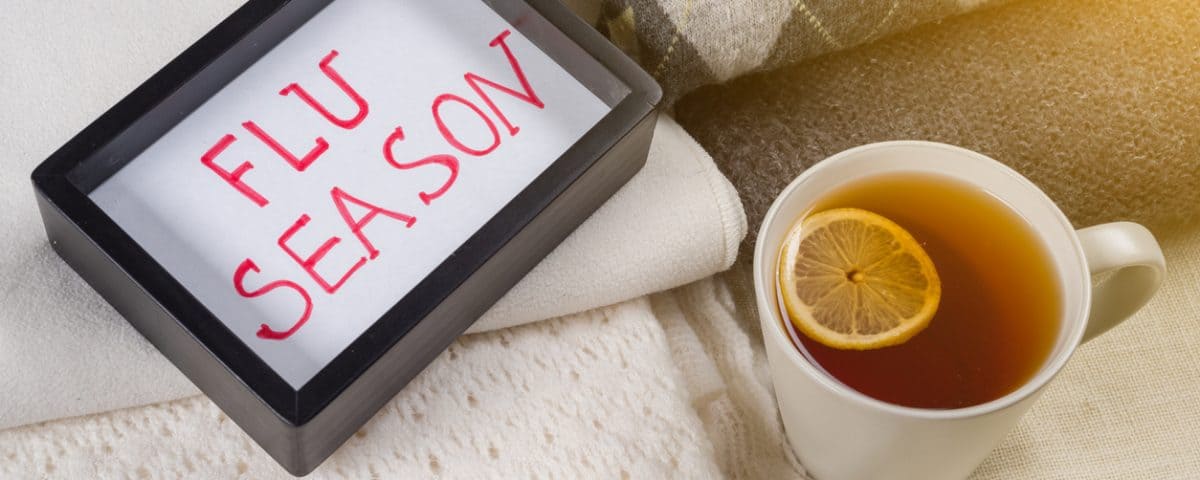- Total Benefit Management

New York Passes GENDA: Discrimination Now Prohibited Based on Gender Identity or Expression
January 29, 2019
9 Habits That Destroy Workplace Relationships
February 12, 2019This article comes from GritDaily.
10 Simple Ways to Avoid the Flu Bug
Here are 10 simple ways to significantly decrease your chances of getting colds and even worse — the flu in 2019.
1. Wash your hands
Think of every communal thing you touch on a daily basis – doors and door knobs, stair rails, other people, countertops, restaurant chairs… the list goes on and on. Because we are so hands-on the chances of spreading cold germs and flu virus is very high.
Combatting this spread is simple – wash your hands frequently and make sure you are doing it correctly!
2. Clean communal surfaces
Many studies have been done to find the presence of viruses on shared surfaces in places like classrooms and airports. These studies all found breeding grounds for germs and viruses. While you might not be able to disinfect your schools and airports you can clean your home and office areas.
The use of a simple disinfectant wipe on light switches, doorknobs, phones, computer keyboards, and TV remotes can minimize exposure to germs and viruses for you, your loved ones, and your coworkers.
3. Avoid touching your face, eyes and mouth
The best ways to transmit germs and viruses from surfaces and your hands is to touch your face – specifically your mouth and eyes. This direct introduction can lead to cold, flu, and other illness such as respiratory infection. So if you are a nail biter, sandwich eater, nose wiper, or eye rubber, either take a break from these actions or increase your hand washing even more.
4. Use Hand Sanitizer
For those times when you don’t have access to soap and water grab the hand sanitizer. Hand sanitizer is a convenient and helpful tool for disinfecting your hands to prevent flu and cold viruses.
5. Get Sleep
You immune system is your main line of defense against cold and flu and sleep deprivation is a major hindrance to your immune system. Not only will getting enough sleep help your body defend itself it will also increase your energy during the day.
6. Exercise
In addition to helping you feel great working out is beneficial for a lot of reasons, including boosting your immune system. Reducing excess weight can be key when preventing colds and the flu since many studies have shown that overweight and obese people are more susceptible to injury and illness.
7. Don’t be around sick people
If there is someone in your house or office who is coughing or sneezing try to keep your distance. This might be difficult at home (take all other precautions) but at work try suggesting the sick person stay home. Talking to your employer about making a plan for keeping sick people out of your workspace is a great way to keep employees healthy while also increasing productivity within a healthy workforce.
In addition – don’t be that guy. If you feel sick find a way to stay home.
8. Cover your nose and mouth
Covering your nose and mouth while sneezing and coughing is a great way to prevent the flu and other serious respiratory illnesses, like respiratory syncytial virus (RSV), whooping cough, and severe acute respiratory syndrome (SARS), that are spread by cough, sneezing, or unclean hands. Remember to wash your hands after you cover!
9. & 10. Eat healthy, stay hydrated and take probiotics
Eating a healthy diet and drinking plenty of water are two ways to support your hardworking immune system. Think fruits, vegetables, lean proteins like turkey, and complex carbohydrates when planning your meals.
In addition, increase your water intake to help your body flush toxins and add probiotics via diet or supplements to help fight any “bad” bacteria with “good” bacteria (recent studies have found that probiotics might help prevent upper respiratory infections in children).
Click here to view the original article.

